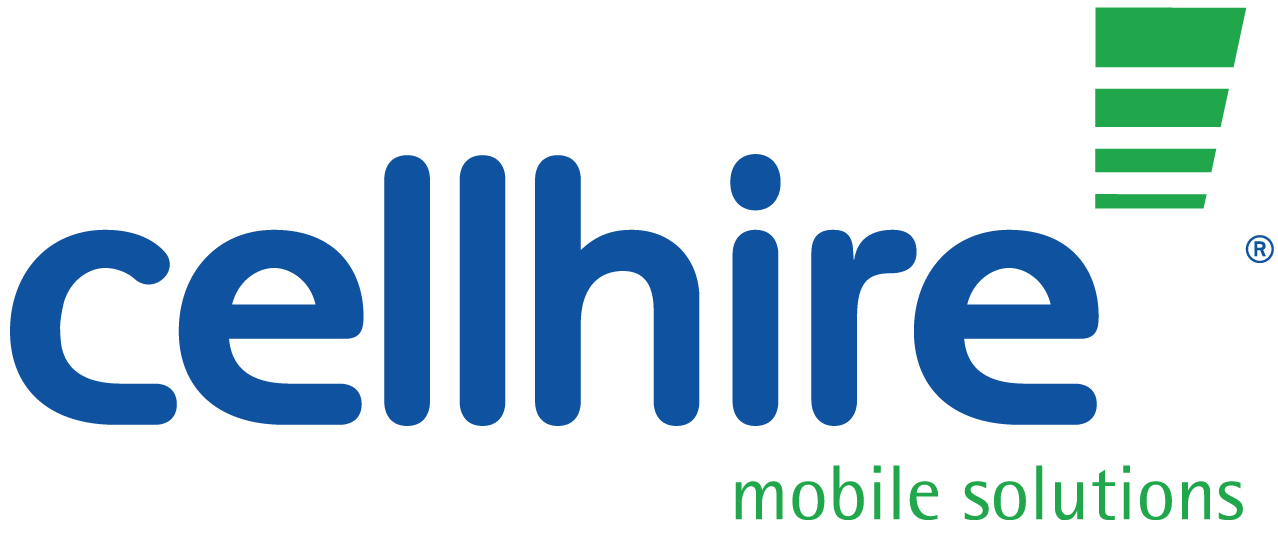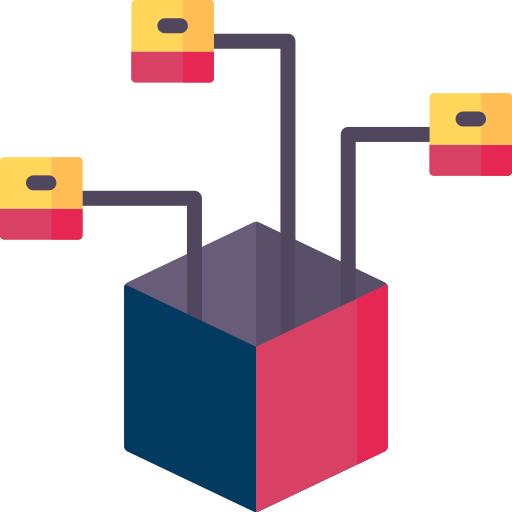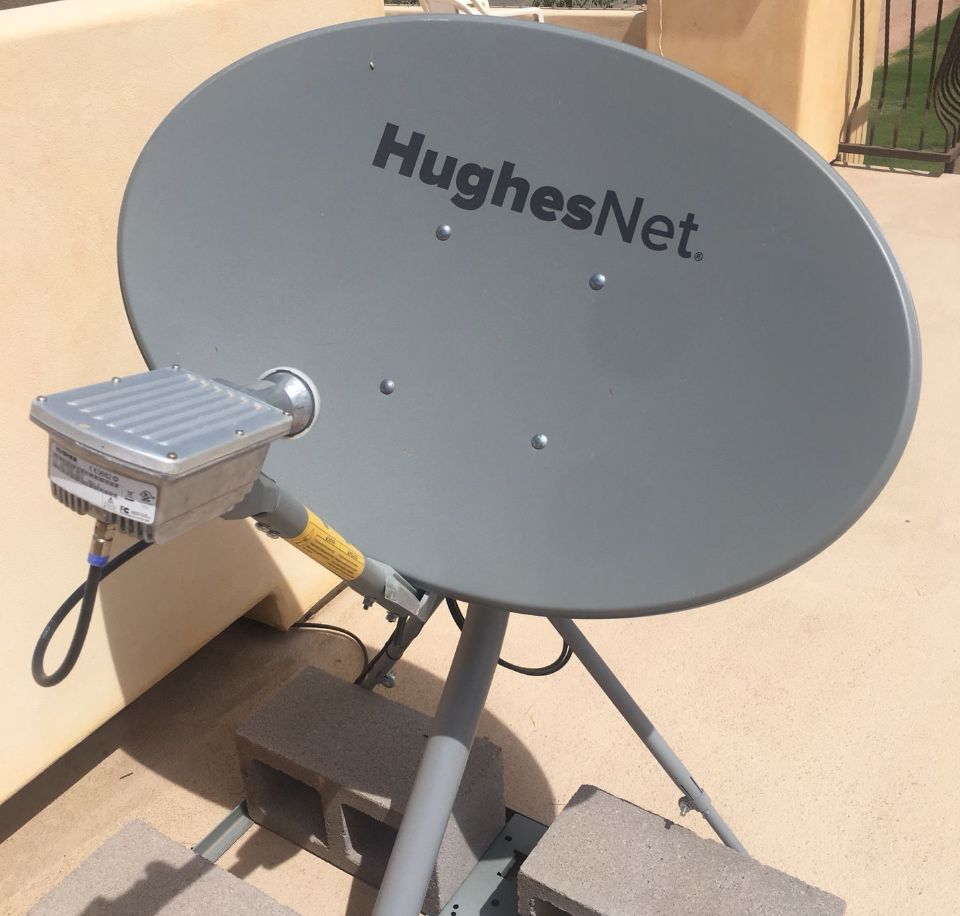The offering is open to Cellhire’s channel partners and client base
(22 August 2023) York, UK. Cellhire, a specialist in mobile communications, M2M/IoT services and data connectivity, announces a strategic partnership with OV, a provider of resilient and robust IoT connectivity. The partnership eliminates excessive charges for roaming IoT devices by giving Cellhire’s clients and channel partners access to more than 600 direct roaming agreements globally, in a permanent roaming solution.
“As the demand for IoT devices continues to rise, businesses are increasingly deploying IoT solutions that span multiple countries, allowing them to enhance productivity and streamline operations on a global scale,” says Matt Bennett, Cellhire UK Managing Director.
“However, many businesses persist in using traditional voice and data SIM cards to fuel their IoT connectivity. As these SIM cards were not designed for this purpose, it often results in high roaming charges being incurred that prompt the MNOs to resort to abrupt SIM disconnections.”
“Consequently, IoT devices become inoperable causing disruptions to vital services without any prior warning,” he adds. “Our partnership with OV effectively addresses these challenges for our customers and partners.”
Major advancement
The multi-network partnership allows Cellhire to deploy tens of thousands of SIM cards remotely. It also marks a major advance for the company allowing it to provide more dependable and cost-effective IoT connectivity solutions for devices that frequently move between different countries.
Bennett comments, “Cellhire understands the importance for our customers and channel partners of having smooth worldwide IoT connectivity. The partnership with OV gives us a strong network infrastructure and expertise to help us provide a roaming solution that’s future-proofed and fit for international operations.”
Paul Donaldson, Chief Revenue Officer at OV, welcomed Cellhire as a partner, stating, “Cellhire’s innovative solutions as a global telecoms provider make this an excellent partnership, and we are excited to accelerate and simplify IoT connectivity for its customers. The partnership brings together both the technical and commercial strengths of both companies to deliver exceptional IoT connectivity solutions to customers worldwide.”
This announcement further enhances Cellhire’s IoT offering which includes global roaming with access to 40+ MNOs and seamless UK connectivity through its unsteered multi-network solution. Cellhire also provides convenient UK and global single networks, and reliable services across Europe through its full MVNO on Orange France.
About Cellhire
Cellhire (www.cellhire.co.uk) is a leading global telecoms provider of mobile communications, M2M/IoT services and data connectivity to enterprise clients and indirect partners worldwide.
Established in 1987, the group serves EMEA, Americas and APAC with offices in the UK, USA, France, Germany and Japan. Partnering with mobile network operators globally, Cellhire provides access to mobile connectivity at market-leading commercials to companies worldwide.
The company is committed to delivering the highest standards of customer service which is underlined by its continued attainment of ISO 9001, the internationally recognised quality standard. Cellhire has worked with Investors in People (IIP) since 2004 and holds the We Invest In People Gold standard. Additionally, the company won the highly coveted Queen’s Award for International Enterprise, as a result of its success as a specialist in the delivery of mobile communication solutions for events around the world.
Since 2019, Cellhire has attained ISO 27001, the internationally recognised Information Security Management System Standard (ISMS). Cellhire recently secured a significant investment from mid-market private equity house LDC for a minority stake, to accelerate its substantial growth plans.
About OV
OV has a unique perspective on connectivity and IoT. The brand sits within the Manx Telecom group of companies, leveraging Manx Telecom’s high-quality mobile network infrastructure, engineering expertise, and global network agreements with other mobile network operators, to provide global cellular connectivity to IoT and mobile service providers, in the UK and other international markets.
Website: www.worldov.com
Twitter: @OVconnects







 What does an enterprise IoT deployment look like with eSIM?
What does an enterprise IoT deployment look like with eSIM? eSIM deployment in 3 steps:
eSIM deployment in 3 steps:
























